What to Work On In Your Solo Piano Technique.
You don't have to come to the piano with an entire song already in your head before you start composing. Just start with one simple melodic phrase. That melody will be the centerpiece for everything else in your composition. It's the foundation and the focal point of your piece.
Get yourself a metronome that can be used for solo piano and play these notes evenly and slowly. After mastering the passage, then spread out to the notes that occur before the problem area and after by a few beats. Go back now and play everything again. This is called working outwards.

Once you can read and write in music notation, and you know the basics of theory, such as scales, and triads, the next step is to learn how these combine to create small scale, simple music. That is in fact exactly what my free course. The Vocabulary of Composition teaches.

The ability to successfully accompany a singer or instrumentalist on a piano largely depends on your personal experience and musical education. To create successful piano accompaniments, the pianist must have a knowledge of chords and improvisation. If you're new to accompanying performers on a piano, there are some tricks that can be learned.
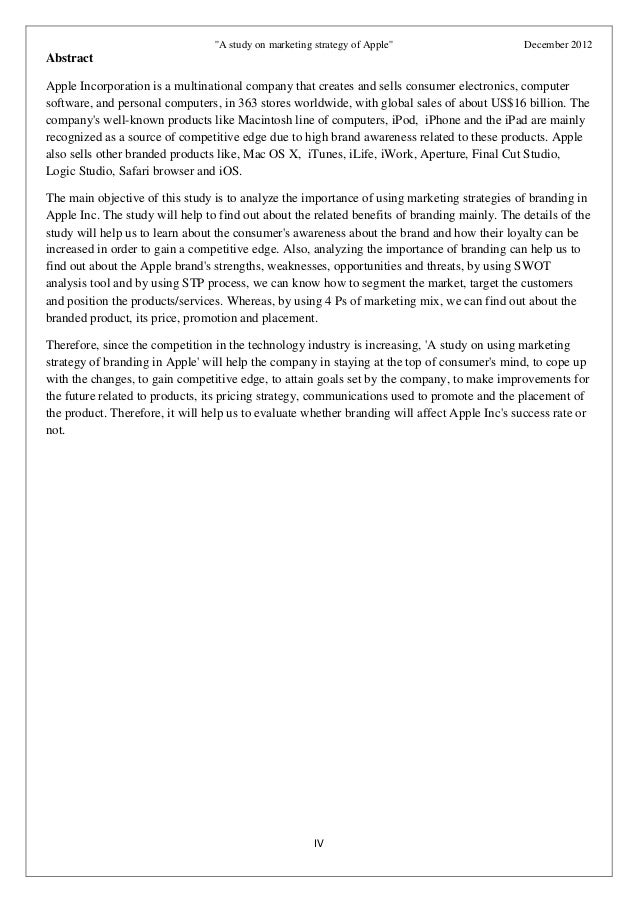
In the piano accompaniment arrangement, the lead melody of the song will not be included in the piano sheet since it will only be accompanying it; on the other hand, a solo arrangement will include both the melody in the right hand and the accompaniment in the left hand.
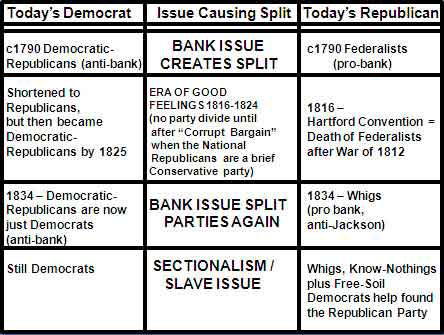
A. Youre lucky, you play piano. Beethoven, Mozart etc used to write their symphonies out at home using the piano because the could play all the parts and hear how it was working. First thing to do is to get a fresh sheet of manuscript paper (blank) with twelve lines on it.

WRITING MUSIC FOR SAXOPHONES This is a short information sheet for musicians who wish to create clear, easy to read music for the saxophone. It is based upon my experiences as a jazz saxophone player and the common mistakes that.

How to Play a Piano Solo. Solo piano playing involves featuring the piano with or without the accompaniment of other instruments. They need a lot of practice and dedication prior to enjoying its benefits. You will have to have good finger flexibility as your fingers will be given quite a workout.
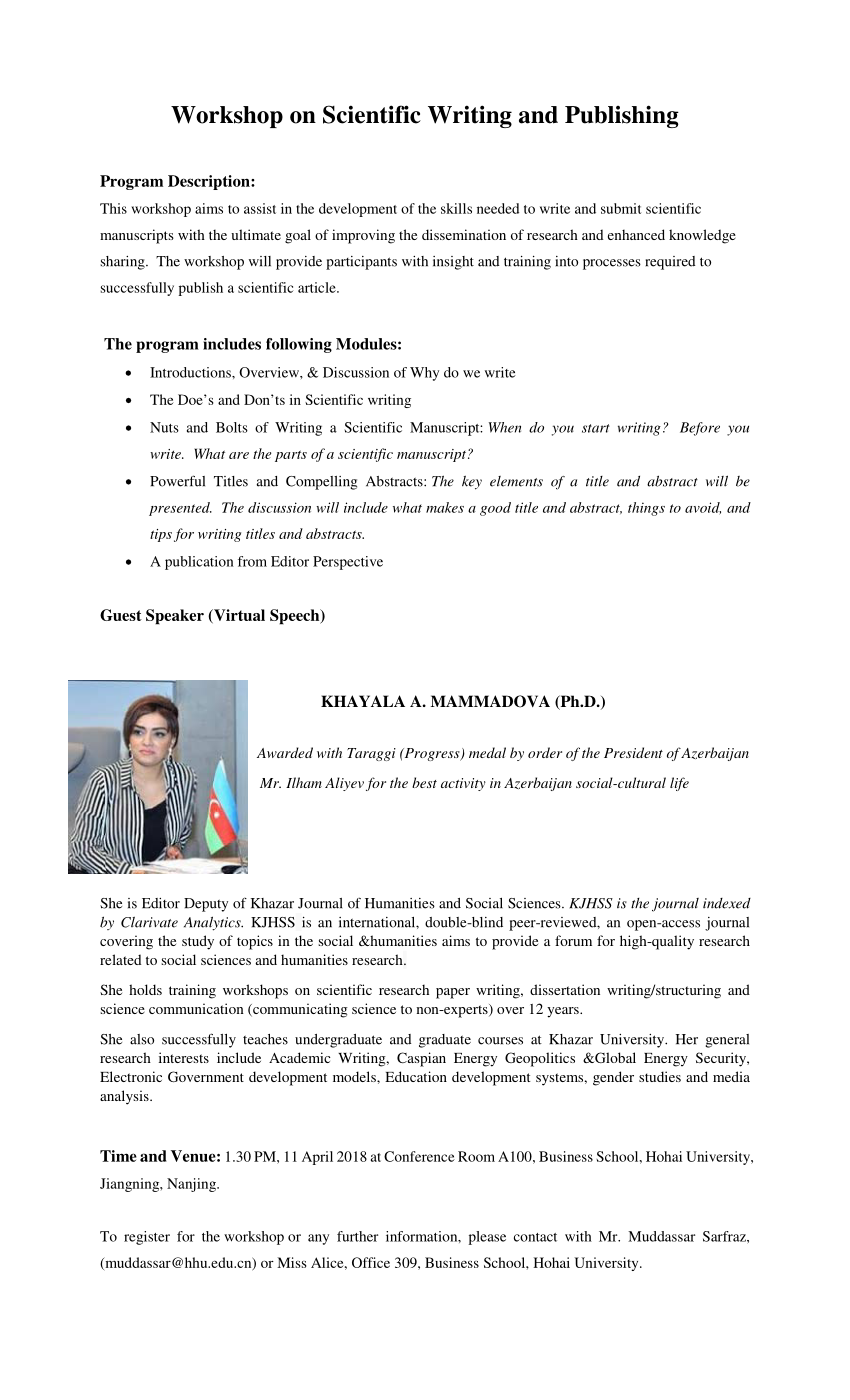
It is easier to break the rules if you know the rules to being with! This depends on how much experience you have with how different chords sound together. How the melody can interact with the chords to develop tension and release. Do you have eno.

I personally always write for piano solo or piano with small ensemble, because I play the piano and so know all of its limitations. My GCSE Unit 4 composition was a rondo without melodic development and crude modulations, and I received an 'A' for it, so for my Unit 2 I've done a lot more, and I shall be playing in the recording myself.
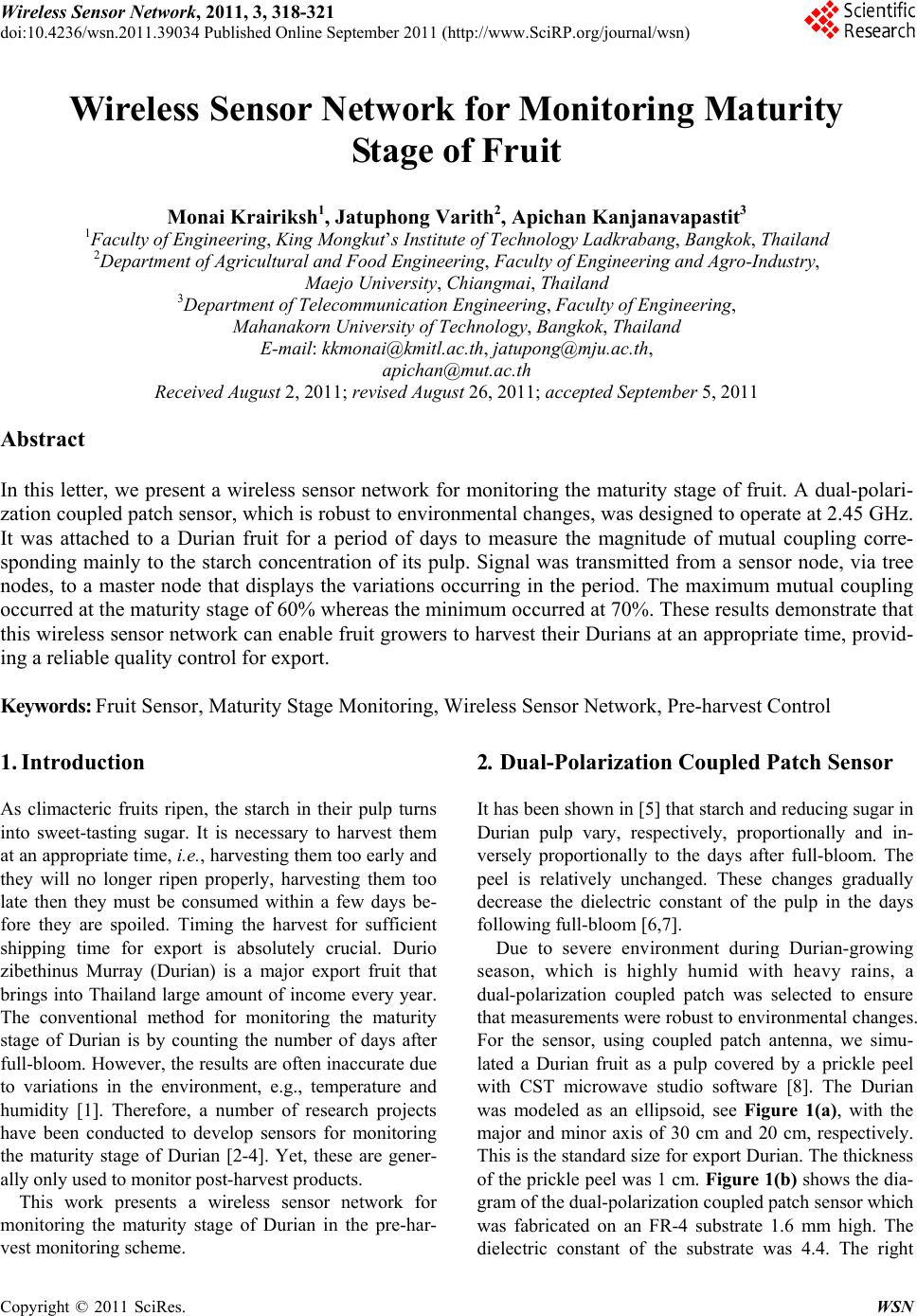
If you plan to write music for a particular instrument, it is best to write music that presents the optimal sound qualities of that instrument. The cello is capable of a plethora of musical sounds. Knowing the sound qualities and capabilities of the cello will aid you in creating music that demonstrates the instrument’s capabilities.
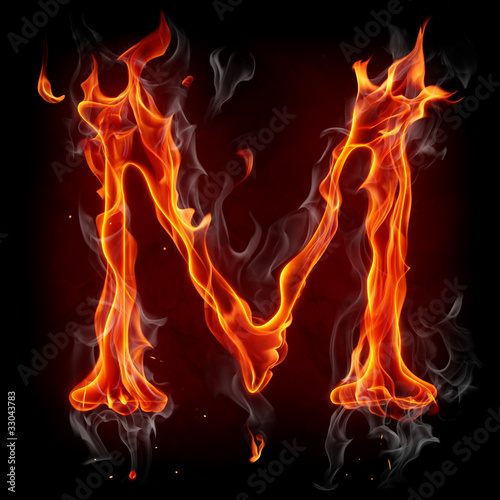
Here are some useful tips for writing really catchy melodies.

Writing a minuet requires an understanding of the style and rhythmic elements involved in the form. For composers who are learning to write using prescribed musical forms, the minuet is a great place to start. There are specific rhythms, tempos and time signatures that correspond to a minuet-style piece.



